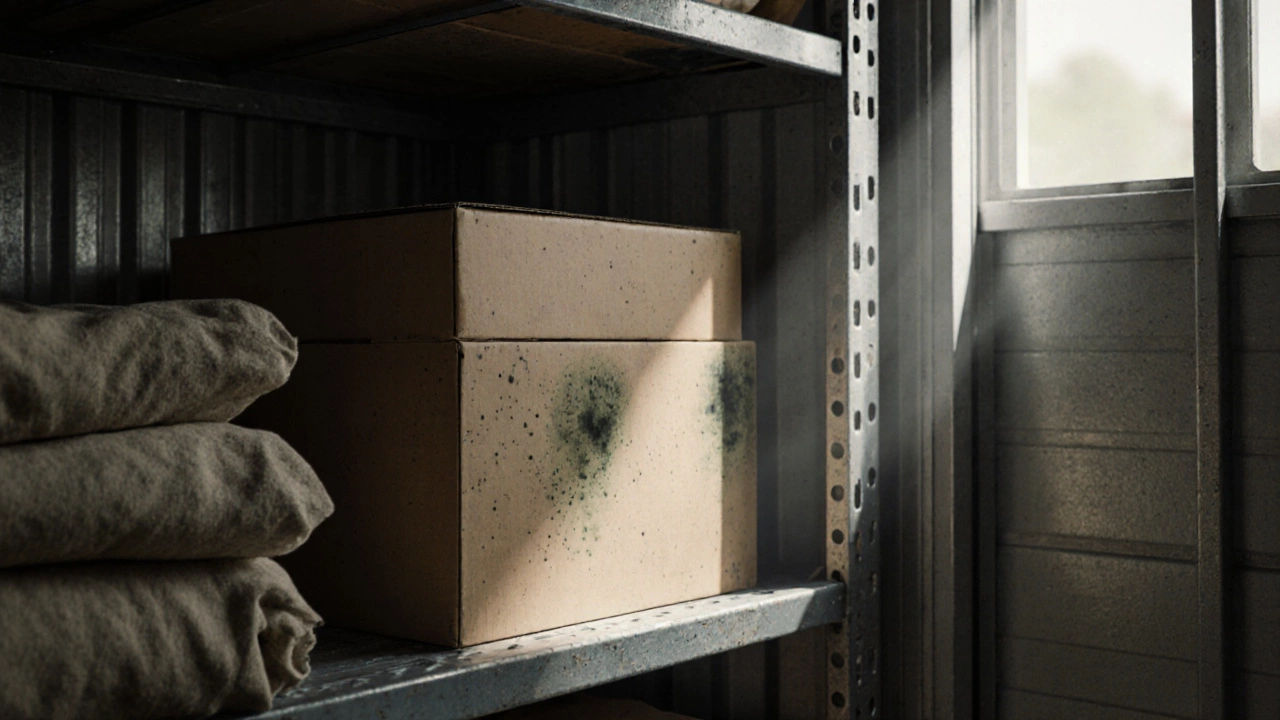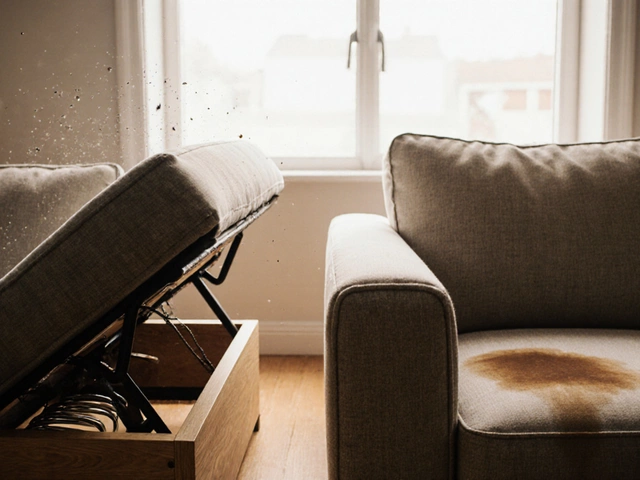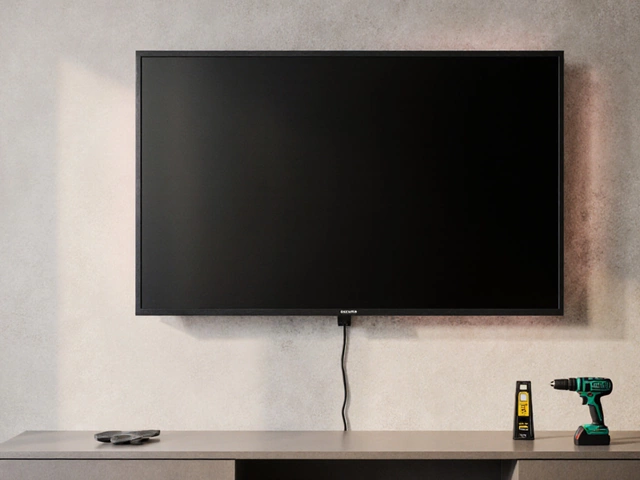Mold Health Risks Explained
When talking about Mold Health Risks, the potential health problems that arise from breathing mold spores, especially in damp indoor spaces. Also known as mold exposure hazards, these risks include respiratory irritation, chronic asthma triggers, and even cognitive effects when spores linger in poorly ventilated rooms. Mold Health Risks requires effective moisture control, because moisture is the fuel that lets mold grow. At the same time, Mold Health Risks encompasses the broader issue of indoor air quality, meaning that any factor that degrades the air you breathe—like stagnant humidity or lack of fresh airflow—directly raises the danger level. Finally, Mold Health Risks influences allergy symptoms, turning a simple sniffle into a serious health concern for sensitive individuals.
Why It Matters: Connecting Moisture, Air Quality, and Allergies
Understanding Indoor Air Quality, the state of the air inside homes, shaped by ventilation, pollutants, and humidity levels is the first step toward cutting down Mold Health Risks. Poor air circulation traps moisture, letting mold colonize everything from carpet padding to the backs of stored furniture. That’s why our guide on How to Safely Store Your Furniture stresses climate‑controlled units—warm, damp storage is a fast track to mold spores spreading across fabrics and wood. Likewise, Moisture, the presence of water vapor that encourages mold growth when it settles on surfaces is the hidden enemy behind many indoor problems. Outdoor furniture made from less‑resistant materials can absorb rain, creating a breeding ground for mold that later drifts inside when you bring pieces indoors, a point covered in our article on the most durable outdoor furniture materials. Allergies play a big role, too. Allergies, immune reactions triggered by mold spores, dust mites, and other airborne irritants can flare up when mold spores settle on bedding, sofas, or even wardrobe interiors. That’s why our posts about furniture mites and tips for reupholstering sofas include steps to eradicate hidden spores before they become a health issue. By linking the science of mold with practical advice on storage, material choice, and cleaning, the collection below gives you a toolkit to protect your home’s air and your family’s well‑being.
Below you’ll find a hand‑picked set of articles that dive deeper into each of these angles—whether you need to choose the right storage unit, pick mold‑resistant outdoor furniture, or learn how to spot and eliminate dust mites hidden in your bedroom. Each guide offers clear, step‑by‑step actions you can start using today, turning the abstract threat of mold health risks into concrete, manageable steps for a healthier home.
Can Mold Grow in Storage Units? Risks and Prevention Tips
Learn if mold can grow in storage units, how to spot it early, and practical steps to prevent and remediate mold in your stored items.







